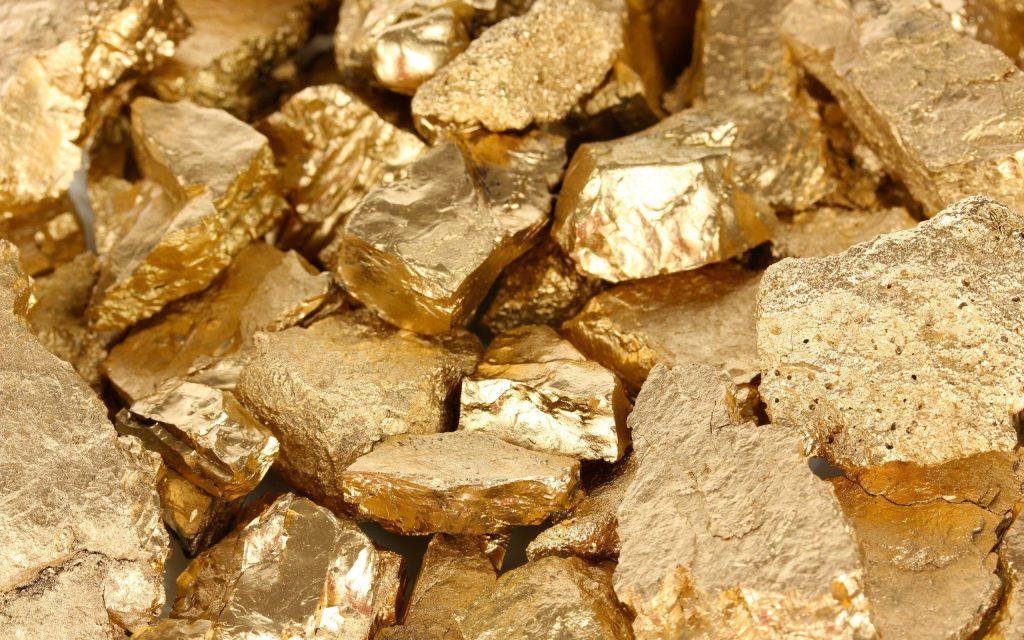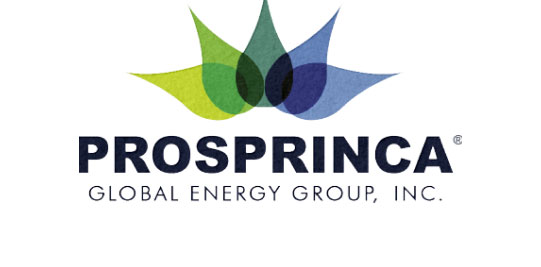Gold
Products
Gold
The Importance of Gold

Gold is a worthwhile and versatile metal that is found all over the world. Its formation process and many uses make it an important part of our lives. However, using gold responsibly and ethically to preserve the Earth’s resources and protect the people involved in its production is important.
How Gold is Mined
Gold mining is a process that involves the extraction of gold from the ground. Several methods are used to extract this precious metal, including placer, hard rock, and hydraulic mining.
- Placer mining involves water separating gold from gravel, sand, and other materials. This method is typically used in areas where gold is found near the surface, such as rivers and streams.
- On the other hand, hard rock mining involves using explosives to break apart rock formations and extract gold from within them. This method is typically used in areas where gold is found deep underground.
- Hydraulic mining is similar to placer mining in using water to extract gold. However, this method uses high-pressure water jets to break apart rock formations and wash away the gold-bearing material.
Gold mining remains an important industry worldwide. It is concluded that gold is used in various products, including jewelry, electronics, and medical devices. But what may interest is it is often seen as a safe investment during economic uncertainty.
Its Operations
Gold mining is a complex and challenging industry that requires careful planning and execution. Extracting gold from the Earth involves several steps: exploration, site preparation, extraction, and processing. One of the most crucial aspects of gold mining is exploration. It involves identifying potential sites where gold deposits may be found. It requires a combination of geological knowledge as well as the use of advanced technologies such as drones and satellite imagery.
The next step is site preparation once a potential site has been identified. It involves clearing the land and constructing the necessary infrastructure, such as roads, power lines, and water supply systems.
After the preparation of the site has been prepared, the actual extraction process can begin. It involves using heavy machinery to extract the gold-bearing ore from the ground. The ore is then hauled to a processing plant, which is crushed and processed to extract the gold.
The final step in the gold mining process is selling the gold. It involves refining the gold to a high purity level and then selling it to buyers, such as jewelry manufacturers and investors.
Why Collaborate with PROSPRINCA ENERGY for Gold?
“PROSPRINCA ENERGY” and it’s JOINT VENTURE GLOBAL PARTNERS hold a dominant position in the Middle Distillates market. You can buy gold from us and sell it in financial markets to earn a hefty return on the investment. As a global gold supplier, we continue to focus on enhancing our pipeline industry efforts throughout the United States. Furthermore,”PROSPRINCA ENERGY’S” Gold department is dedicated to expanding its storage facilities’ turnover with utmost efficiency, expertise, and transparency.
Products
Gold
“PROSPRINCA ENERGY” and its JOINT VENTURE GLOBAL PARTNERS are primed to cater to all your gold and precious metal sourcing requirements, providing direct and on-site solutions that you can rely on. Our extensive expertise in gold trading is built upon decades of active engagement across the entire precious metals spectrum – from extraction and refining to strategic marketing and global distribution.
Crude oil is also crucial as a raw chemical ingredient. The technology relies on it and is available in nearly everything we use today, from cell phones and car parts to wind turbines. Because of its raw and unrefined state, crude oil possesses various consistencies and densities. It spans from a very thin, volatile fluid to semi-solid and viscous material. Despite this, crude oil is celebrated as “black gold,” and ranges from a dazzling golden yellow to a pitch-black hue.

EPA Classifications
Crude oil is considered unrefined petroleum amassed deep in the earth’s crust. Being a raw natural resource, it is obtained through drilling and refined into products: jet fuel, gasoline, distillates such as diesel fuel and heating oil, lubricating oils, etc. The most popular use of crude oil is to produce fuel for different vehicles and machines like generators and heaters. It’s the world’s most in-demand fossil fuel, which is traded in more than 160 varieties.
Crude oil is also crucial as a raw chemical ingredient. The technology relies on it and is available in nearly everything we use today, from cell phones and car parts to wind turbines. Because of its raw and unrefined state, crude oil possesses various consistencies and densities. It spans from a very thin, volatile fluid to semi-solid and viscous material. Despite this, crude oil is celebrated as “black gold,” and ranges from a dazzling golden yellow to a pitch-black hue.
EPA Classifications
According to the Environmental Protection Agency (EPA), crude oil typically exists in four classes: Class A, Class B, Class C, and Class D. These are essential to gain a better understanding of general toxicity as well as physical changes.
Class A: It features the majority of refined products along with an assortment of high-quality crude oils. Although Class A is highly valued, it can be extremely hazardous to human, animal and environmental health.
Class B: These oils have the consistency of wax and oil and are low-level toxic. They adhere to surfaces with a greater tenacity degree than Class A oils. As the temperature increases, they will likely seep through porous layers or surfaces.
Class C: Such crude oils are often dark brown or black in color, have a density similar to water’s, and have a proneness to sink. Even while Class C crude oil is the least poisonous, it is nevertheless capable of causing damage to wildlife.
Class D: In general, Class D oils have a dark black or brown color, and if be, they have the potential to coat surfaces almost permanently. These mainly include residual oils, heavy crude oils, weathered oils, and select oils with a high paraffin content and are classified as a toxicity class II-moderately toxic
Why Partner with PROSPRINCA ENERGY for Crude Oil?
Inevitably, “PROSPRINCA ENERGY” and it’s JOINT VENTURE GLOBAL PARTNERS are the market leader in Middle Distillates. We are involved in trading a diverse selection of crude oil grades and types hailing from all over the world. We source our significant volumes of crude oil from the Far East, the Middle East, and North Africa. As an international crude oil supplier, we continue to leverage our efforts in the pipeline industry throughout the United States. Additionally, Prosprinca’s Crude Oil department strives to expand the turnover of its storage facilities with efficiency, expertise, and transparency.


